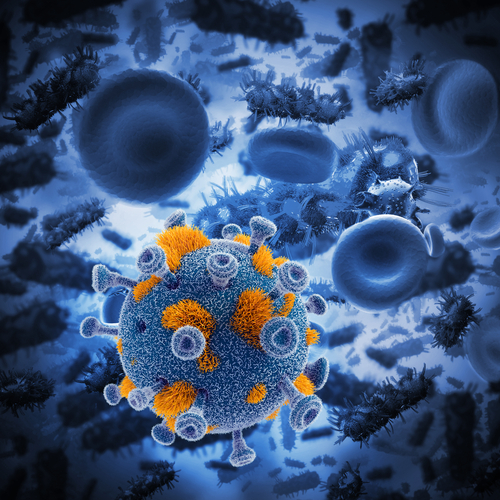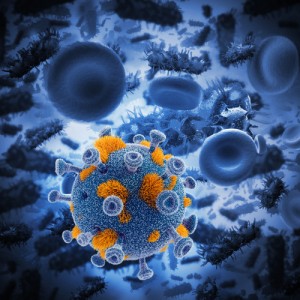Virus-Delivered AAV9 SMA Therapy Significantly Improves Outcomes in Animal Models

 In a recent study published in the Molecular Therapy journal, the authors report an improved method to deliver the human genetic sequence that can restore the missing SMN protein, responsible for spinal muscular atrophy, directly to the cerebral spinal fluid (CSF) via single injection. The study was entitled “Improving single injection CSF delivery of AAV9-mediated gene therapy for SMA – a dose response study in mice and nonhuman primates.” This study is the result of a collaboration between Cure SMA, the National Institute of Neurological Disorders and Stroke (NINDS) and the laboratory of Dr. Brian K. Kaspar at Nationwide Children’s Hospital.
In a recent study published in the Molecular Therapy journal, the authors report an improved method to deliver the human genetic sequence that can restore the missing SMN protein, responsible for spinal muscular atrophy, directly to the cerebral spinal fluid (CSF) via single injection. The study was entitled “Improving single injection CSF delivery of AAV9-mediated gene therapy for SMA – a dose response study in mice and nonhuman primates.” This study is the result of a collaboration between Cure SMA, the National Institute of Neurological Disorders and Stroke (NINDS) and the laboratory of Dr. Brian K. Kaspar at Nationwide Children’s Hospital.
Among genetic disorders, Spinal muscular atrophy (SMA) is the leading cause of death in children. Currently lacking any FDA-approved treatment, the disease is caused by genetic mutation of Smn1 gene that codes for a protein crucial for motor neurons’ survival. The laboratory of Dr. Brian K. Kaspar was previously successful in using a gene therapy to improve SMA outcomes. The technique uses a virus to deliver the Smn1 gene to affected cells. Specifically, the team fund that a adenovirus – Adeno-associated virus serotype 9 (AAV9) — could cross the blood-brain barrier and the Blood-Cerebrospinal Fluid Barrier (CSF) and deliver the gene sequence directly to the brain.
Previously, the authors tested two delivery systems — injecting into a vein or delivery directly into the cerebrospinal spinal fluid (CSF). While the first method, known as systemic delivery, is currently being evaluated in a Phase I/2 clinical trials, the authors developed the second method for human clinical trials for SMA – CSF-delivered gene therapy — supported by a $4 million dollar grant from NINDS in 2013. Their results were summarized in the present study.
Dr. John Porter, PhD, Program Director at the National Institute of Neurological Disorders and Stroke noted, “Development of therapies requires collaboration of academics, advocacy, industry, and government—no single party has the resources to do this alone. The collaboration between Dr. Brian Kaspar, Cure SMA, and the NIH is an exciting model in leveraging resources and expertise in the hope of accelerating therapy development for SMA.”
[adrotate group=”3″]
The authors found that SMA animal models treated with a single injection of AAV9 carrying the human SMN gene delivered directly to the CSF, resulted in a highly significant increase in animal survival — animals passed from 15 days of survival to more than 280 days, and some even passed 400 days.
Dr. Kaspar commented, “We are very pleased with the results of this study and are working diligently to advance a CSF route of delivery to human clinical trials for SMA. We are grateful for the support from Cure SMA and NINDS. We stand at an exciting juncture in SMA research and clinical translation with strong will to see effective therapies for all those with SMA.”
Jill Jarecki, PhD, Cure SMA’s research director added, “We are excited to see expansion of the gene therapeutic program and the potential to advance this route of delivery to patients with SMA. The latest results support further development of a CSF-delivered gene therapy treatment.” Now that there are promising animal studies demonstrating Dr. Kaspar’s delivery of AAV9 via virus and achieving improved outcomes for SMA, the next step will be to progress the studies into human participants.







